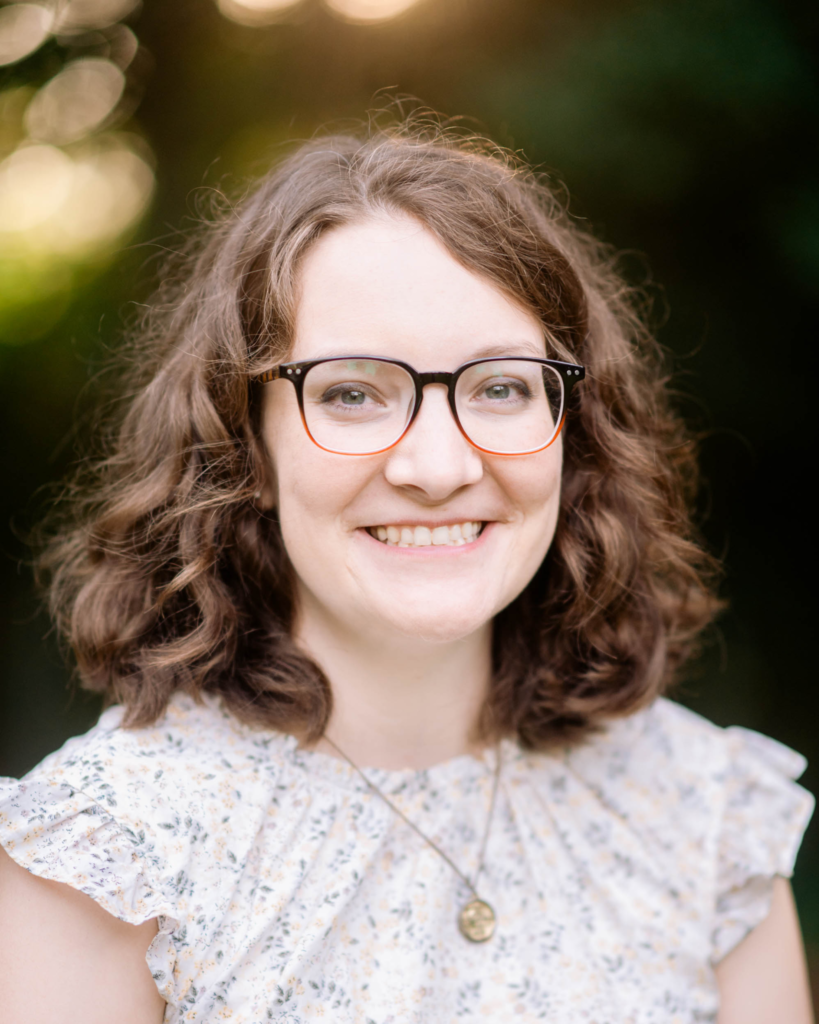RSVP for Open House on January 27th
Every parent of toddlers knows transitions can be difficult. The upper school classroom is not much different. With a mere 50 minutes, it is tempting to try to pack every moment with content or productivity. Many schools end each class with the sound of an electric beeping whose sounding renders teachers powerless to impart any final “please finish this for homework” as students fixate on packing and moving to the next thing.
In our blog entitled “Incarnation,” we explained how our practices form us. We have liturgies of our days and of our lives, whether or not we are purposeful about creating them. These patterns that we follow—hour by hour, day by day, season by season, year by year—form the people we become. Thus, Christ Classical teachers establish liturgies to follow in their classrooms, part of which includes ending class not with the bang of a bell or a terse “you’re dismissed,” but instead, with a song.
Throughout early Christian history and the Middle Ages, cities grew up around monasteries. The practices inside the monastery would radiate out and influence the “everyman” in the surrounding town. For generations before the invention of the clock, these monasteries “kept time” by praying often in chant and song. Time was kept in a rhythm of prayer known as the liturgy of the hours. This ancient tradition is rooted within scripture: Ephesians 5:15 – 17 states, “See then that you walk circumspectly, not as fools but as wise, redeeming the time, because the days are evil. Therefore, do not be unwise but understand what the will of the Lord is. And do not be drunk with wine, in which is dissipation; but be filled with the Spirit, speaking to one another in psalms and hymns and spiritual songs, singing and making melody in your heart to the Lord, giving thanks always for all things to God the Father in the name of our Lord Jesus Christ, submitting to one another in the fear of God.” The cure scripture provides as the alternative to a life of dissipation is song. The remedy for “redeeming the time” is “making melody in our hearts.”
Following the tradition of the monasteries, we mark our hours with Scripture, prayer, and song. Submitting the wisdom of the ages, we begin class with a call of scripture and conclude it on song.
Singing at the end of class recalibrates and refocuses. Class time might be filled with arduous mental effort. Singing requires taking deep breaths, relaxing muscles, and standing. Class time might involve disagreement or conflict. Singing brings a group of people together under the same rhythm and requires cooperation and harmony. Class time might involve disappointment. Singing hymns is an exercise of rejoicing.
Choosing a “theme hymn” for the class can also provide continuity and harmony with cosmological significance regarding what students are learning. In physics, students sing “This is My Father’s World” reminding them that the “music of the spheres” and the created order ultimately “declare the maker’s praise.” Students in Biology are encouraged to approach science with a sense of wonder by singing “For the wonder of each hour of the day and of the night, hill and vale and tree and flower, sun and moon and stars of light,” in “For the Beauty of the Earth.” In math, students sing “Holy, Holy, Holy,” reminding them of the mysterious nature of the one and the many we know in the Divine Trinity. Students in 8th grade history are reminded, regardless of the difficulties their forebearers experienced or they themselves are undergoing, the Lord presides over all and has promised to preserve His church and “the gates of hell shall not prevail against it” (Matthew 16:17-19) when they sing “O God, Our Help in Ages Past.”
“Our God, our help in ages past,
Our hope for years to come,
Be thou our guard while troubles last
And our eternal home.”
It is our hope that as students stand and meditate on these words every day, it will train their hearts toward thankfulness, toward constancy and toward Christ.

Coley Klaers is Rhetoric School teacher and photographer at Christ Classical. She and her husband, Dan, are raising 4 beautiful children: Jemima, Alban George, Felicity and Winifred. She relishes reading, coffee, and learning new things.